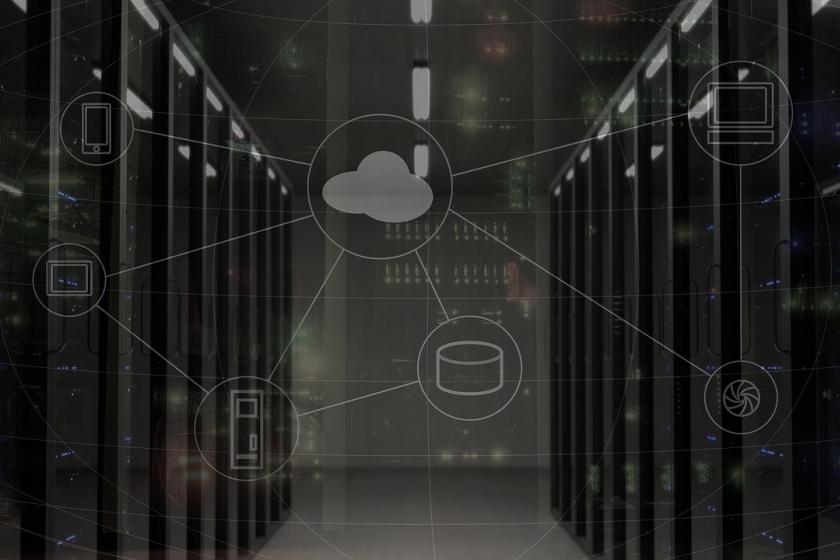Why Cloud-based DCIM is not Just for Data Centers
Cloud-based DCIM offers simplified installation and delivers smart and actionable insights for the optimization of any server room, wiring closet, or IT facility.
April 22, 2019

Just as technology and its use are evolving at a tremendous pace, the physical infrastructure which supports IT equipment is also being transformed to support these advances. There are some significant trends driving new approaches to the way technology is being deployed, but there are also important ramifications for the way that the basics – power, cooling, space – have to be provisioned and, more importantly, managed.
Firstly, a massive shift towards hybrid infrastructure is underway, says Gartner. The analyst predicts that by 2020, cloud, hosting, and traditional infrastructure services will be on a par in terms of spending. This follows on from earlier research which indicates an increase in the use of hybrid infrastructure services. As companies have placed an increasing proportion of IT load into outsourced data center services and cloud, both the importance and proliferation of distributed IT environments have been heightened.
Secondly, the IoT – or more specifically the Industrial IoT – has quietly been on the rise for a couple of decades. While industrial manufacturing and processing have utilized data for some time in order to maintain their ability to remain competitive and ensure profitability, companies must continually strive to optimize efficiency and productivity. The answer is being sought through more intelligent and more automated decision-making – most of it data-driven – with the data almost exclusively gathered and processed outside traditional data center facilities.
Thirdly, rapidly developing applications such as gaming and content streaming, as well as emerging uses like autonomous vehicles require physical resources which are sensitive to both latency and bandwidth limitations. Closing the physical distance between data sources, processing and use, is the pragmatic solution, but it also means that centralized data centers are not the answer. Most of the traction for these sorts of services is where large numbers of people reside – exactly where contested power, space and connectivity add unacceptable cost for large facility operations.
The rise of distributed IT facilities and edge data centers
In each of these examples – and there are more – IT equipment has to be run efficiently and reliably. Today there’s little argument with the fact that the best way to enable this from an infrastructure point of view is within a data center. Furthermore, the complexity of environments and the business criticality of many applications means that data center-style management practices need to be implemented in order to ensure that uptime requirements are met. And yet, data centers per se only partially provide the answer, because distributed IT environments are becoming an increasingly vital part of the mix.
The key challenges that need to be resolved where multiple edge and IT facilities are being operated in multiple or diverse locations include visibility, availability, security, and automation – functions which DCIM has a major role in fulfilling for mainstream data centers. You could also add human resource to the list, because most data center operations, including service and maintenance, are delivered by small and focused professional teams. When you add the complication of distributed localities, you have a recipe for having the wrong people in the wrong place, at the wrong time.
Cloud-based DCIM answers the need for managing Edge Computing infrastructure
DCIM deployment in any network can be both complex and potentially high cost (whether delivered using on-premise or as-a-service models). By contrast, cloud-based DCIM, or DMaaS (Data Center Management-as-a-Service), overcomes this initial inertia to offer a practical solution for the challenges being posed. Solutions such as Schneider Electric EcoStruxure IT enable physical infrastructure in distributed environments to be managed remotely for efficiency and availability using no more than a smartphone.
Access Edge Computing White Paper
DMaaS combines simplified installation and a subscription-based approach coupled with a secure connection to cloud analytics to deliver smart and actionable insights for the optimization of any server room, wiring closet or IT facility. This means that wherever data is being processed, stored or transmitted, physical infrastructure can be managed proactively for assured uptime and Certainty in a Connected World.
Read this blog post to find out more about the appeal of cloud-based data center monitoring, or download our free white paper, “Why Cloud Computing is Requiring us to Rethink Resiliency at the Edge.”
About the Author
You May Also Like




